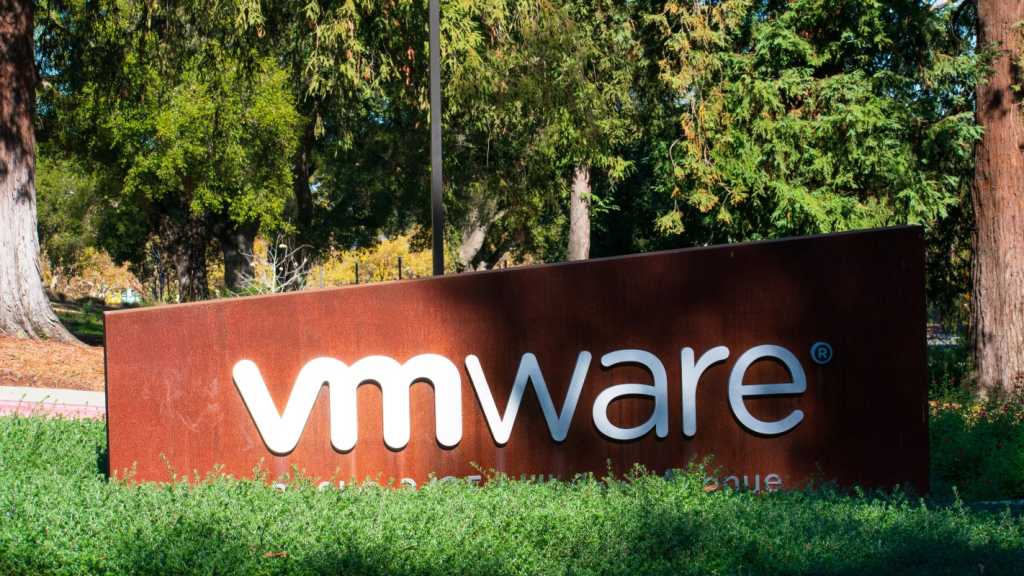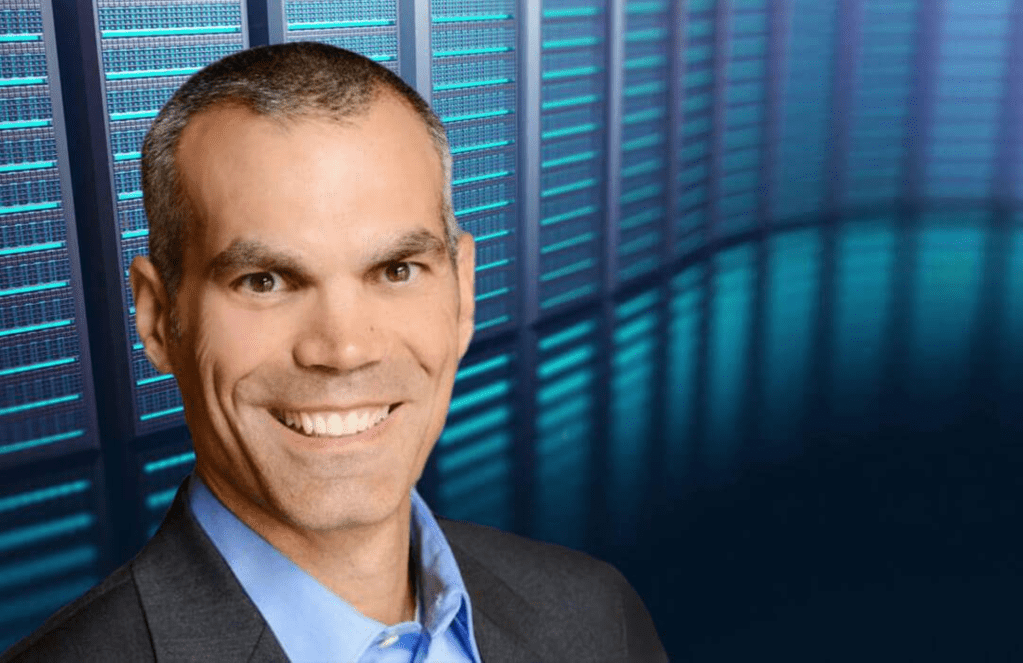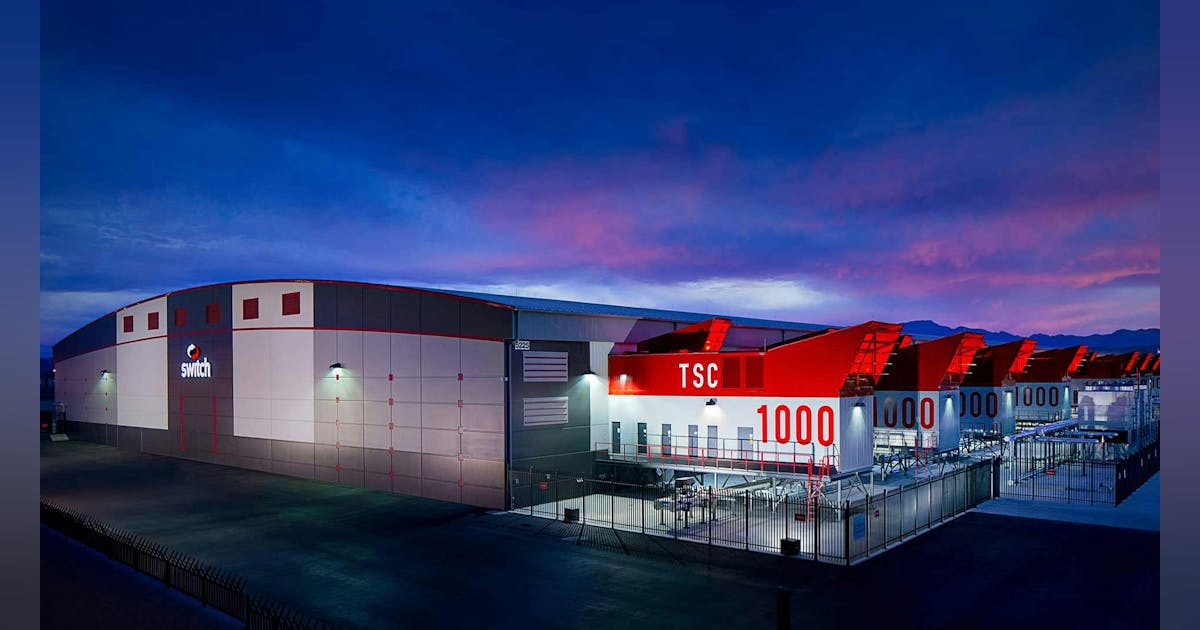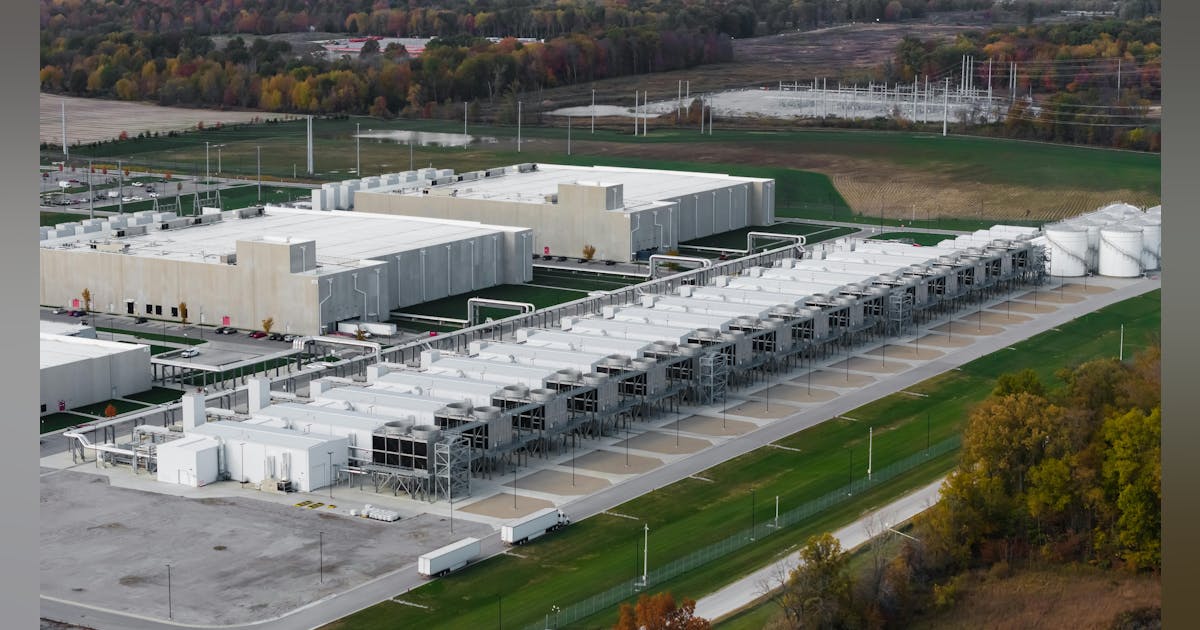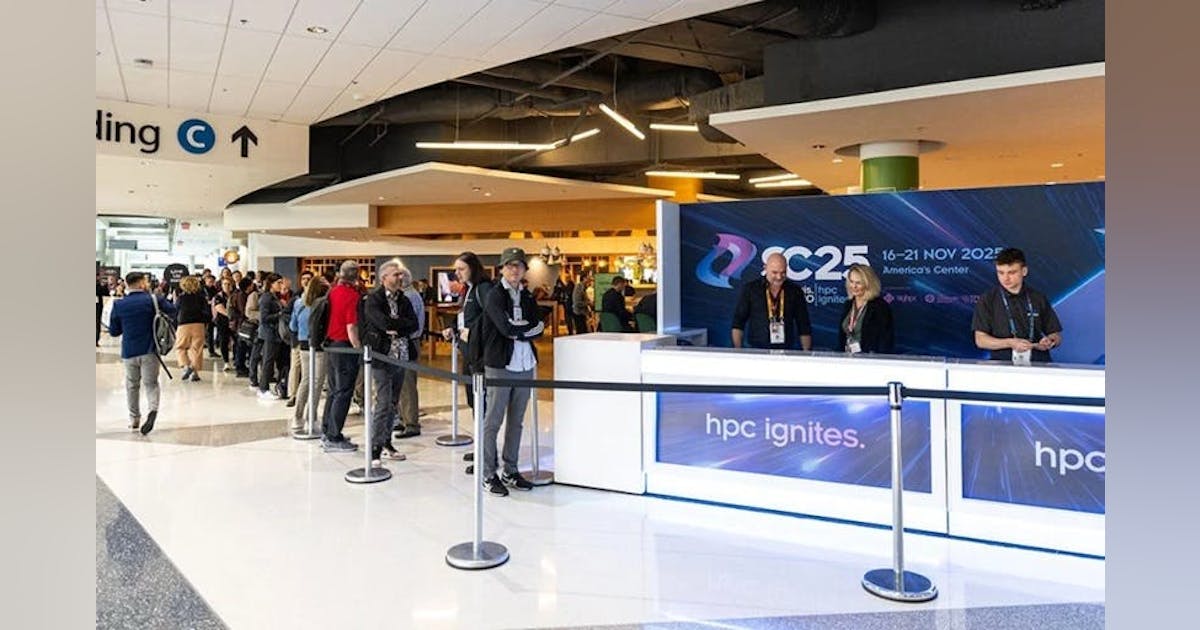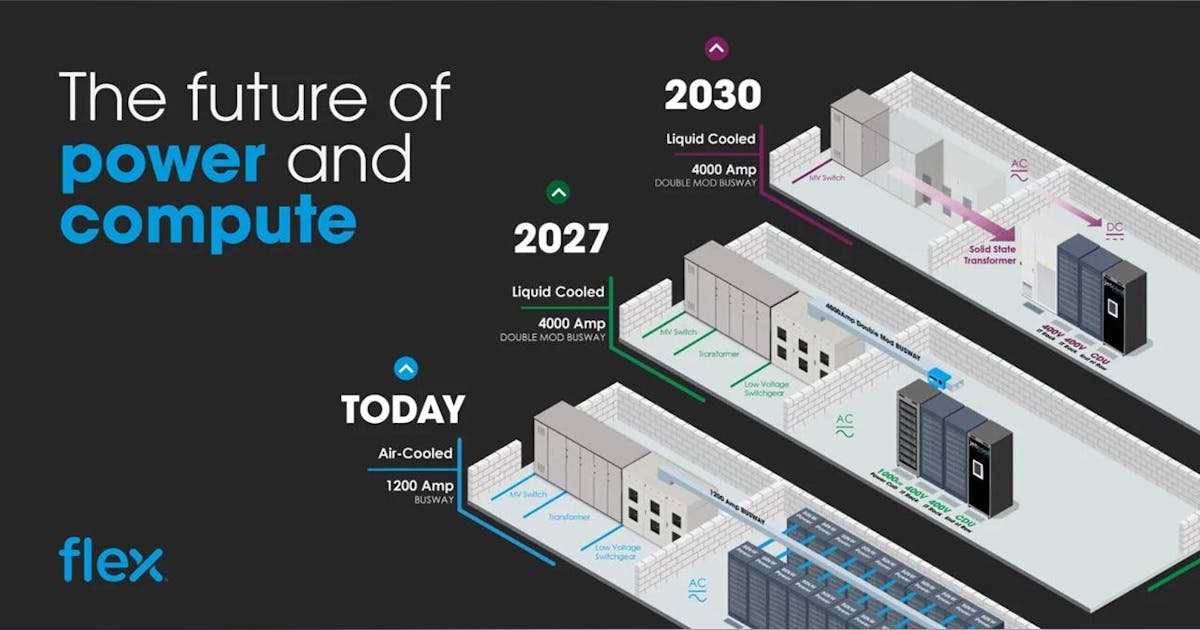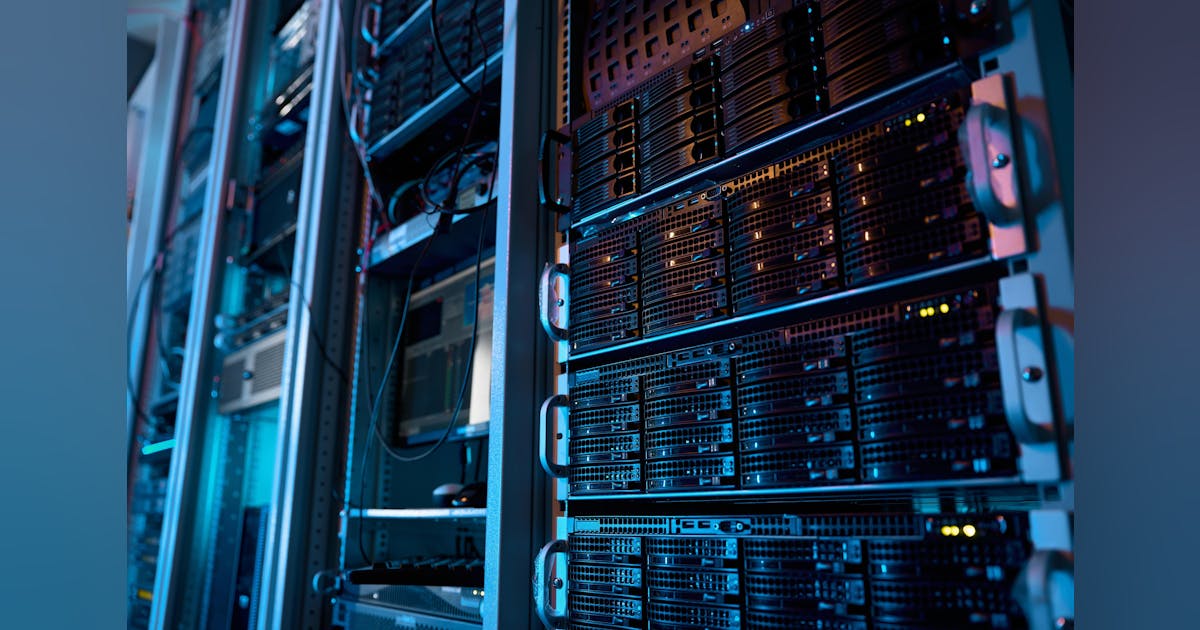This is today’s edition of The Download, our weekday newsletter that provides a daily dose of what’s going on in the world of technology.
China wants to restore the sea with high-tech marine ranches
A short ferry ride from the port city of Yantai, on the northeast coast of China, sits Genghai No. 1, a 12,000-metric-ton ring of oil-rig-style steel platforms, advertised as a hotel and entertainment complex.
Genghai is in fact an unusual tourist destination, one that breeds 200,000 “high-quality marine fish” each year. The vast majority are released into the ocean as part of a process known as marine ranching.
The Chinese government sees this work as an urgent and necessary response to the bleak reality that fisheries are collapsing both in China and worldwide. But just how much of a difference can it make? Read the full story.
—Matthew Ponsford
This story is from the latest print edition of MIT Technology Review—it’s all about the exciting breakthroughs happening in the world right now. If you don’t already, subscribe to receive future copies.
Fast-learning robots: 10 Breakthrough Technologies 2025
Generative AI is causing a paradigm shift in how robots are trained. It’s now clear how we might finally build the sort of truly capable robots that have for decades remained the stuff of science fiction.
A few years ago, roboticists began marveling at the progress being made in large language models. Makers of those models could feed them massive amounts of text—books, poems, manuals—and then fine-tune them to generate text based on prompts.
It’s one thing to use AI to create sentences on a screen, but another thing entirely to use it to coach a physical robot in how to move about and do useful things. Now, roboticists have made major breakthroughs in that pursuit. Read the full story.
—James O’Donnell
Fast-learning robots is one of our 10 Breakthrough Technologies for 2025, MIT Technology Review’s annual list of tech to watch. Check out the rest of the list, and cast your vote for the honorary 11th breakthrough.
The must-reads
I’ve combed the internet to find you today’s most fun/important/scary/fascinating stories about technology.
1 US regulators are suing Elon Musk |
For allegedly violating securities law when he bought Twitter in 2022. (NYT $)
+ The case claims that Musk continued to buy shares at artificially low prices. (FT $)
+ Musk is unlikely to take it lying down. (Politico)
2 SpaceX has launched two private missions to the moon
Falling debris from the rockets has forced Qantas to delay flights. (The Guardian)
+ The airline has asked for more precise warnings around future launches. (Semafor)
+ Space startups are on course for a funding windfall. (Reuters)
+ What’s next for NASA’s giant moon rocket? (MIT Technology Review)
3 Home security cameras are capturing homes burning down in LA
Residents have remotely tuned into live footage of their own homes burning. (WP $)
+ California’s water scarcity is only going to get worse. (Vox)
+ How Los Angeles can rebuild in the wake of the devastation. (The Atlantic $)
4 ChatGPT is about to get much more personal
Including reminding you about walking the dog. (Bloomberg $)
5 Inside the $30 million campaign to liberate social media from billionaires
Free Our Feeds wants to restructure platforms around open-source tech. (Insider $)
6 How to avoid getting sick right now 🤒
You probably already own one of the best defenses. (The Atlantic $)
+ But coughs and sneezes could be the least of our problems. (The Guardian)
7 The US and China are still collaborating on AI research
Despite rising tensions between the countries. (Rest of World)
8 These startups think they have the solution to loneliness
Making friends isn’t always easy, but these companies have some ideas. (NY Mag $)
9 Here are just some of the ways the universe could end
Don’t say I didn’t warn you. (Ars Technica)
+ But at least Earth is probably safe from a killer asteroid for 1,000 years. (MIT Technology Review)
10 AI is inventing impossible languages
They could help us learn more about how humans learn. (Quanta Magazine)
+ These impossible instruments could change the future of music. (MIT Technology Review)
Quote of the day
“If you can get away with it when it’s front-page news, why bother to comply at all?”
—Marc Fagel, a former director of the SEC’s San Francisco office, suggests the agency’s decision to sue Elon Musk is intended as a deterrent to others, the Wall Street Journal reports.
The big story
I took an international trip with my frozen eggs to learn about the fertility industry

September 2022
—Anna Louie Sussman
Like me, my eggs were flying economy class. They were ensconced in a cryogenic storage flask packed into a metal suitcase next to Paolo, the courier overseeing their passage from a fertility clinic in Bologna, Italy, to the clinic in Madrid, Spain, where I would be undergoing in vitro fertilization.
The shipping of gametes and embryos around the world is a growing part of a booming global fertility sector. As people have children later in life, the need for fertility treatment increases each year.
After paying for storage costs for six and four years, respectively, at 40 I was ready to try to get pregnant. Transporting the Bolognese batch served to literally put all my eggs in one basket. Read the full story.

